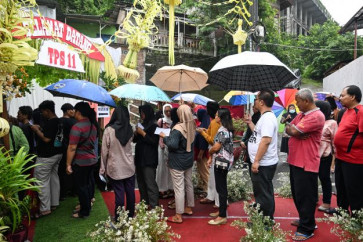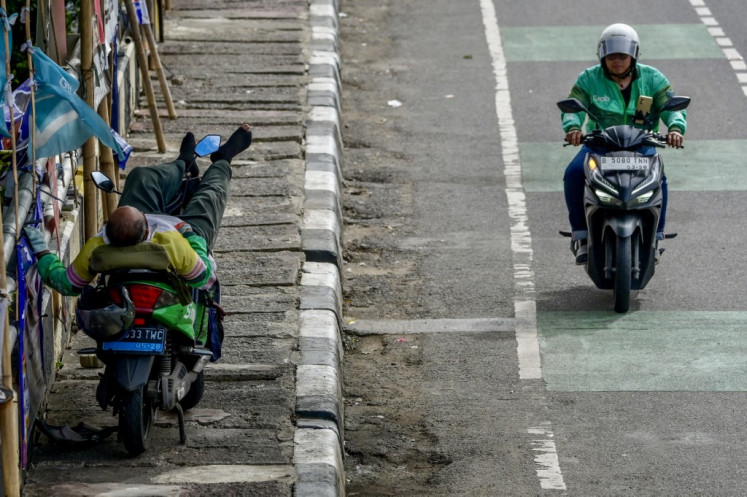A look at the Syrian city of Aleppo
Another victim of war: This Wednesday, April 24, 2013 photo, provided by the Aleppo Media Center, which has been authenticated based on its contents and other AP reporting, shows the 12th century Umayyad mosque and the remains of its minaret in the background right corner, after it was destroyed by shelling in Aleppo, Syria
Change Size
 Another victim of war: This Wednesday, April 24, 2013 photo, provided by the Aleppo Media Center, which has been authenticated based on its contents and other AP reporting, shows the 12th century Umayyad mosque and the remains of its minaret in the background right corner, after it was destroyed by shelling in Aleppo, Syria. President Bashar Assad's regime and anti-government activists traded blame for the attack against the mosque, which occurred in the heart Aleppo's walled Old City, a UNESCO World Heritage site. (AP Photo/Aleppo Media Center, AMC) (AP Photo/Aleppo Media Center, AMC)
Another victim of war: This Wednesday, April 24, 2013 photo, provided by the Aleppo Media Center, which has been authenticated based on its contents and other AP reporting, shows the 12th century Umayyad mosque and the remains of its minaret in the background right corner, after it was destroyed by shelling in Aleppo, Syria. President Bashar Assad's regime and anti-government activists traded blame for the attack against the mosque, which occurred in the heart Aleppo's walled Old City, a UNESCO World Heritage site. (AP Photo/Aleppo Media Center, AMC) (AP Photo/Aleppo Media Center, AMC)
A
span class="inline inline-center">Another victim of war: This Wednesday, April 24, 2013 photo, provided by the Aleppo Media Center, which has been authenticated based on its contents and other AP reporting, shows the 12th century Umayyad mosque and the remains of its minaret in the background right corner, after it was destroyed by shelling in Aleppo, Syria. President Bashar Assad's regime and anti-government activists traded blame for the attack against the mosque, which occurred in the heart Aleppo's walled Old City, a UNESCO World Heritage site. (AP Photo/Aleppo Media Center, AMC)
Government forces have been on the offensive in northern Syria, almost encircling rebel-held parts of Aleppo and forcing thousands of people to flee toward Turkey. If the government succeeds in recapturing the northern city, it would mark one of the biggest defeats for the opposition since the conflict began in 2011.
A look at Aleppo:
___
HISTORY
Syria's largest city and once its commercial center, Aleppo was a crossroads of civilization for millennia. It has been occupied by the Greeks, Byzantines and multiple Islamic dynasties. As one of the world's oldest continuously inhabited cities, Aleppo's Old City was added in 1986 to UNESCO's list of World Heritage sites.
But the civil war has damaged its landmarks, including the 11th century Umayyad Mosque, which had a minaret collapse during fighting in 2012, the 13th century citadel and the medieval marketplace, where fire damaged more than 500 shops in its narrow, vaulted passageways. Some historic sites have been used as bases for fighters.
Aleppo was one of the last cities in Syria to join the uprising against President Bashar Assad's government.
___
A DIVIDED CITY
A number of insurgent groups control several neighborhoods of the city that is being attacked from the west, south and east by government forces. The only rebel supply line is a corridor that links the city with northern parts of the province leading to the Turkish border.
Government forces and their allies control most of the eastern neighborhoods as well as the international airport and the nearby Nairab air base.
Militants from the Islamic State group used to control several neighborhoods in Aleppo, but they were forced out by other rebels in early 2014.
The main Kurdish militia, known as the People's Protection Units, or YPG, controls several predominantly Kurdish northern neighborhoods.
The main insurgent groups in the city are the ultraconservative Ahrar al-Sham group; the Nour el-Din Zengi; the Tawhid Brigade; and the Nusra Front, al-Qaida's branch in Syria. Smaller groups also are involved in the fighting.
___
TURKEY'S ROLE
Aleppo is about 50 kilometers (30 miles) from the Turkish border, and Ankara enjoys wide influence in northern Syria. Most of the rebels' supplies flow across the Turkish border.
Russia has stepped up its airstrikes in areas close to the frontier, and opposition activists in the area say the warplanes have targeted trucks from Turkey in recent weeks.
As the fighting intensifies, thousands of people are fleeing toward the Turkish border. If the government forces surround the city, it could lead to a siege that would isolate tens of thousands of civilians and eventually force the surrender of rebels hold up inside. (ags)









